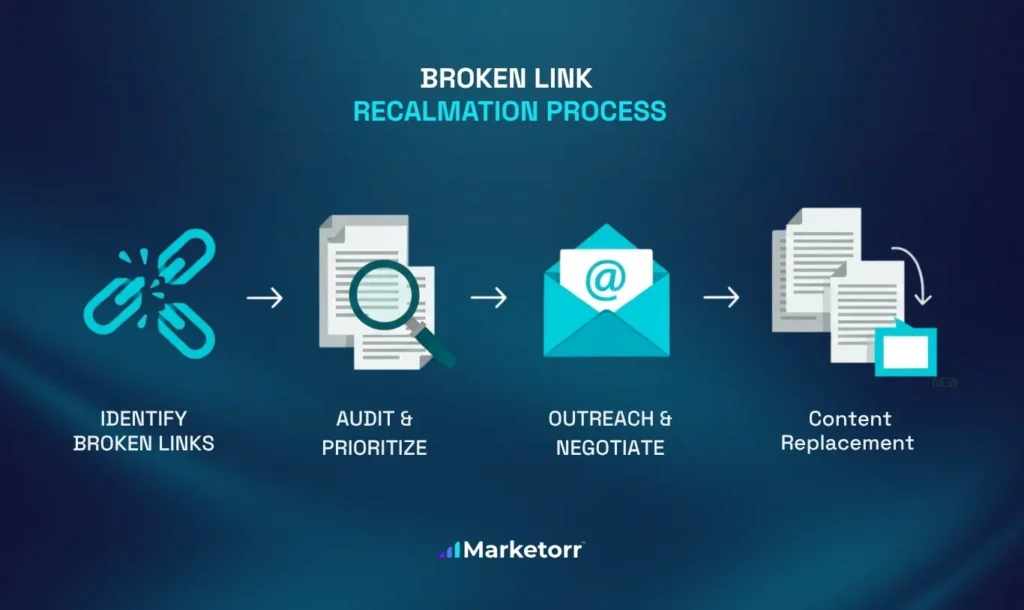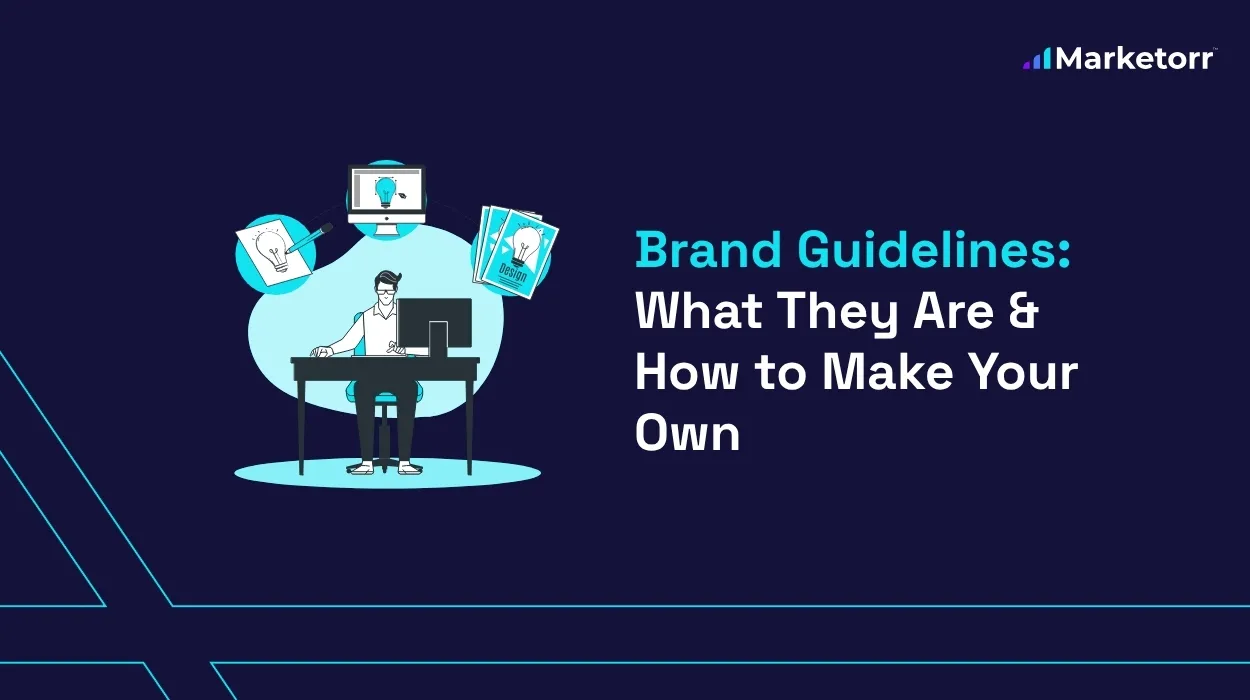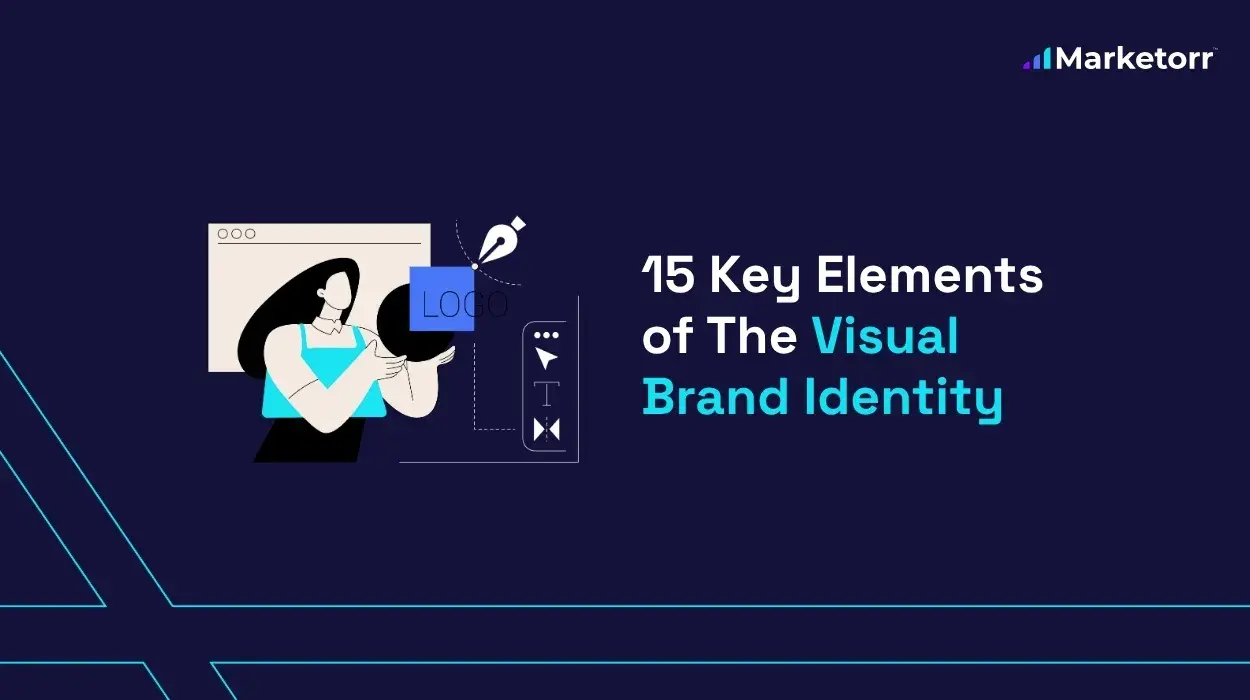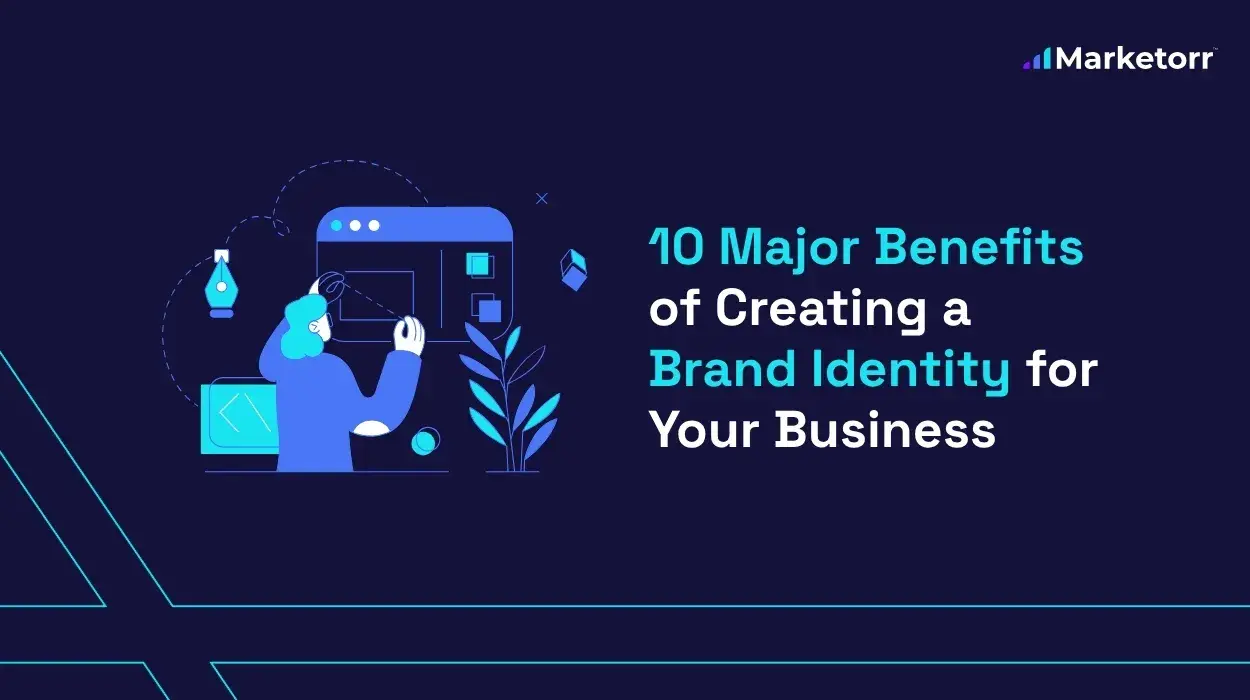Backlinks no longer hold the same weight for your website as it once did.
In 2025, search engines have shifted their focus more towards trust, context and genuine relevance. Recently, a report of nearly 12 million search results revealed that pages ranking #1 had 3.8x more links than those in positions #2-10.
The reason is, when another website chooses to reference your content, it’s a quiet vote of confidence indicating that it is worth sharing.
It massively improves your rank and builds long-term authority that strengthens your online reputation. The punch here is, earning those meaningful links isn’t always easy.
Now you might be wondering how to build high-quality backlinks that don’t just sit on a page but actually bring visibility, credibility, and potential customers to your website?
That’s exactly what the upcoming discussion is about. Here, you’ll find 11 proven strategies that continue to work in 2025 in building high-quality backlinks. These are:
- Become a Trusted Source for Journalists and Bloggers
- Master Guest Posting With Contextual Relevance
- Reclaim Broken and Outdated Backlinks
- Turn Brand Mentions Into Valuable Backlinks
- Create Link-Worthy Content Assets (Citation Magnets)
- Upgrade Popular Content and Make It Better
- Use Branded Strategies and Frameworks
- Build Links Through Partnerships and Affiliations
- Earn Backlinks From Resource Pages and Directories
- Use Competitor Backlink Analysis to Your Advantage
- Refresh and Repurpose Old Content for New Links
On average, link-building efforts and strategies take approximately 3.1 months to deliver results on search ranking. Not because they trick the algorithm, but because they align with how the web actually works in 2025.
So, let’s break down each of them point-by-point!
1. Become a Trusted Source for Journalists and Bloggers

One of the most powerful ways to secure weighted backlinks is to become a trusted source for journalists and bloggers. You might find it hard to trust but about 48.6% of SEO professionals consider digital PR (engaging journalists, news outlets, bloggers) as the top tactic for earning backlinks in 2025.
Journalists and bloggers are always on the lookout for reliable information they can refer to in their pieces. When you build a reputation as an expert in your niche, you’re more likely to get cited. This simple but strategic move leads to high-quality backlinks.
To go into the process, start by positioning yourself as a trusted resource. Offer them high-quality content such as original research, case studies, infographics, or even expert opinions that can help tell their stories.
But remember, it’s not only about putting effort for great content. You also need to build connections with these media professionals. Once you’ve established trust, they are more likely to link back to your content when writing their own.
2. Master Guest Posting with Contextual Relevance
Guest Posting is a tried-and-true method for earning high quality backlinks. But one mistake people usually make is posting random articles everywhere. The motive may be gaining instant results, but most of the time it backfires.
For guest posting to be effective, it needs to be contextual. In easy terms, writing content that fits well with the existing articles on the platform you’re posting on. It should feel like a natural extension of the website’s content.
Contextual guest posting also includes choosing platforms carefully. Your goal should be identifying blogs and websites that are closely related to your niche or industry. Because a backlink from a relevant source signals to the search engine that your content is credible and trustworthy.
On the other hand, links from unrelated sites may appear as spammy or forced. But when it’s done the right way, contextual guest posting doesn’t just give you a link. It also positions you as an expert in your field, drives engaged traffic, and keeps strengthening your website’s reputation over time.
3. Reclaim Broken and Outdated Backlinks

To stay updated in 2025, websites need to make changes consistently. In the process, pages get deleted, URLs get moved, and over time, it creates broken or outdated backlinks.
Now these broken or dead links might be a lost opportunity for the website owners, but it is a chance for you to offer your content as a replacement.
You may wonder how. But you can actually make it work for you with tools like Ahrefs, Screaming Frog or SEMrush to perform a backlink audit on websites in your niche. Using the tools, look for pages with broken links that previously linked to relevant content.
Once you find such gaps, reach out to the site owners and let them know about the broken link. Inform them how 404 errors can increase bounce rates, negatively impact rankings and traffic. Then offer your updated and high-quality content as a replacement.
Remember, your approach should be helpful, not pushy. This way, you can also strengthen your professional relationships with webmasters and show that you genuinely care about their site’s performance.
4. Turn Brand Mentions Into Valuable Backlinks
Sometimes, people mention your brand without linking back to your site. A mention is definitely a plus point but it is also a missed opportunity for backlink.
Web mentions now strongly influence discovery and AI overviews. So, reclaiming unlinked brand mentions is a low-effort yet highly effective digital PR tactic that builds authority and visibility.
Outreaching can greatly help you here. First you need to track brand mentions using tools like Google Alerts, Social Searcher, Mention or other similar tools. Once you spot a mention, it’s time to reach out to them directly. Make it easy for them and point out relevant reasons how linking to your content is going to enhance theirs.
For example, if someone reviews your product but doesn’t link to it, you could politely suggest adding a link to your official product page so readers can learn more, verify the source, or make a purchase directly.
An important note is, not all brand mentions will turn into backlinks. But it’s worth reaching out and seeing where it takes you. Especially when it’s from a site that has already mentioned you and backlinks are important for website.
5. Create Link-Worthy Content Assets (Citation Magnet)

Sometimes, you yourself have noticed how some content is so useful, so valuable, that other websites can’t help but link to them. These are known as “citation magnets”.
But how do you create content that people want to link to?
- First identify the big questions or pain points in your niche to understand what your audience really cares about.
- Research what is missing, analyse top-ranking articles, note what they lack and what information people are looking for.
- Carefully go through case studies, white papers and original research related to your niche and pick the useful ones.
- Don’t just scratch the surface, make content that directly answers these questions in-depth and with authoritative information.
- Finally, write with the genuine intention of helping people with deeper insights and unique data that can’t be found elsewhere.
Usually, long-form content gets an average of 77.2% more links than short articles. When people feel connected and valued, the content is likely to be referenced by other websites.
6. Optimize Existing Content
If there is a piece of content that is performing well in your niche, why not make it even better? That’s a strategy many people overlook.
You don’t always need to create something entirely new to gain backlinks. Sometimes, improving on existing content can deliver even better results. Simply start by searching for content with high engagement that is a little outdated or could be more easygoing and insightful.
After detecting, add recent statistics, new expert quotes, better graphics, or case studies that the original one didn’t cover. By creating an enhanced version, you increase the likelihood of earning backlinks massively.
After you improve your content, reach out to sites that are linked to the original article. Let them know you’ve published a richer version. This way, you’re giving audiences something better, fresher, and more credible, which search engines and linkers both reward from.
7. Use Branded Strategies and Frameworks

Developing a branded strategy or framework can be another powerful way to earn backlinks.
Most content just sits idle online. In fact, about 94% of it never gets a single link. But when you put together a unique method, process, or toolkit that others find genuinely useful, it naturally becomes something they want to reference.
Research shows that pages at the top positions of Google have almost 4x more backlinks than those just below. This data-driven insight visibly shows that being link-worthy can make a huge difference for your business.
When you contribute to something truly innovative, you position yourself as a thought leader in your niche, and that naturally attracts high-quality backlinks.
8. Build Links Through Partnerships and Affiliations
Instead of chasing for links, you can create strategic beneficial relationships that naturally lead to high-quality mentions. It can be through affiliate programs, brand collaborations, or other joint ventures.
On average, businesses see a return of $12 for every $1 spent on affiliate marketing. This data underscores how collaboration based link-building is both an SEO win and revenue-generating strategy that compounds over time.
One harsh truth is, partnering with others opens doors to backlink opportunities you might never reach alone. So, to win over it, start by identifying complementary brands, influencers, or bloggers who share a similar audience. But always make sure they aren’t your direct competitors.
From there, look for ways to add value on both sides. You can co-create content, exchange guest posts, host joint webinars, or collaborate on a research report. Each collaboration creates chances for getting high authority backlinks that come from genuine relevance and shared credibility.
This way you’re amplifying reach, building authority, and forming relationships that can lead to bigger opportunities in future.
9. Earn Backlinks From Resource Pages and Directories
Another highly effective yet usually overlooked strategy for earning backlinks is by tapping into industry resource pages and directories.
Reputable websites usually maintain organised lists of useful tools, services, and references to help their audiences. Getting your site featured there can be a simple but highly effective way to earn backlinks from high-authority, niche-relevant domains.
So, search diligently for resource pages related to your industry and look for opportunities to get listed. Even a simple quick search like “your niche + useful resources” or “your industry + directory” can provide dozens of opportunities.
Remember, these backlinks are particularly valuable because they usually come from trusted and established sources that already rank well and attract steady traffic. So, never be pushy while outreaching them. Rather, explain how your content, product or services fits naturally into their list and complements the existing resources.
10. Use Competitor Backlink Analysis to Your Advantage
If you want to build backlinks strategically, one step you can’t skip is, analyzing your competitors. Because competitor backlink analysis gives you a clear roadmap of what’s working in your industry and shows you exactly where the link-building opportunities are.
Instead of starting from zero, you can learn from the link-building strategies of top-performing businesses in your niche. Tools like Ahrefs, SEMrush, or Moz make this process simpler.
By analyzing your competitors’ backlink profiles, you can detect which websites, blogs, or media outlets are linking to their content. This way, you’ll get a clear idea on which tactics to adapt and fit into your own strategy.
The real advantage of this approach is that you’re targeting proven backlink opportunities and sites that have already shown interest in content like yours. This method saves your time and increases your chances of measurable success with data-driven insights.
11. Refresh and Repurpose Old Content for New Links
Your older content isn’t outdated. These are the scopes that need revival. Refreshing and repurposing existing content is one of the smartest ways to earn new backlinks while also improving SEO performance.
As the digital landscape keeps evolving, even high-performing pieces can lose relevance. This is why you need to keep updating them with new data, trends, or insights that can make them valuable again. This will also give other websites a fresh reason to reference and link to your content.
Conclusion
If all this feels like a lot to keep up with, that’s completely okay. The digital world keeps changing, and sometimes what you really need is the right team to guide you through it.
At Marketorr we turn strategies like these into real growth for brands that want to be seen, trusted, and remembered across every platform. We help you build authority step by step, with content and campaigns that actually drive results.
Because at the end of the day, strong brands aren’t built in a rush. They’re built with care, consistency, and the right people beside you!





